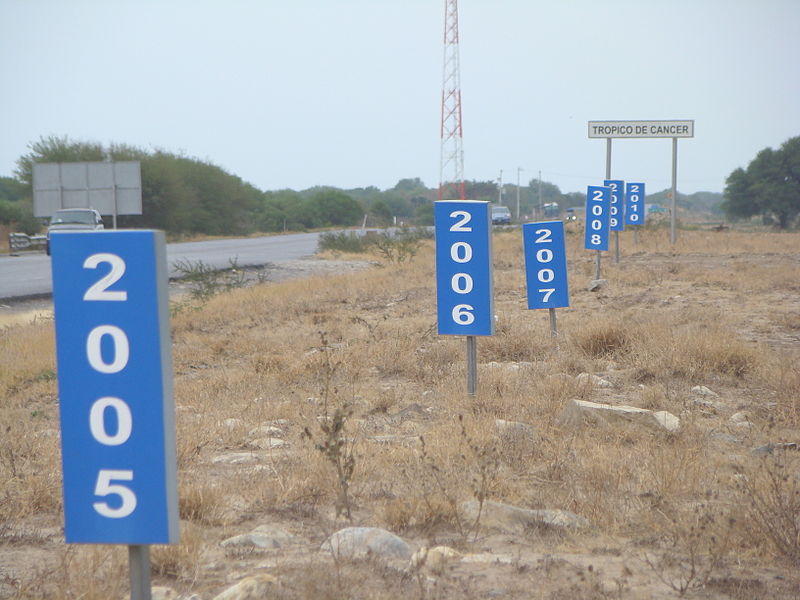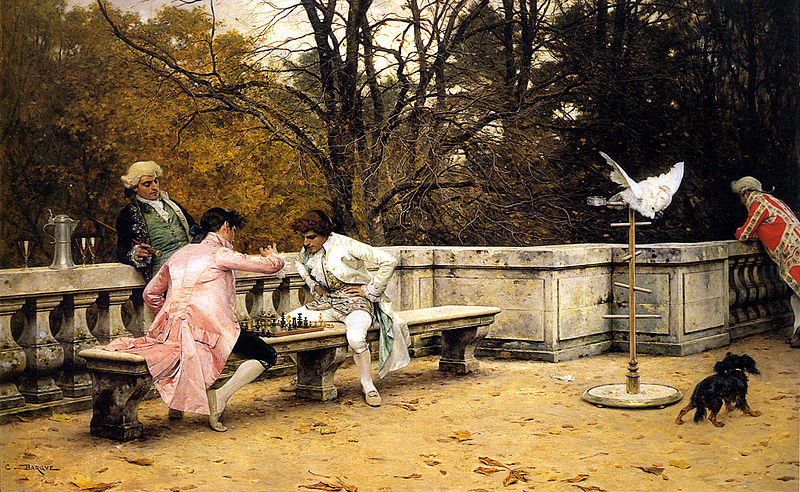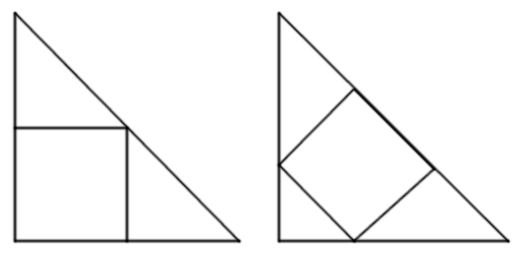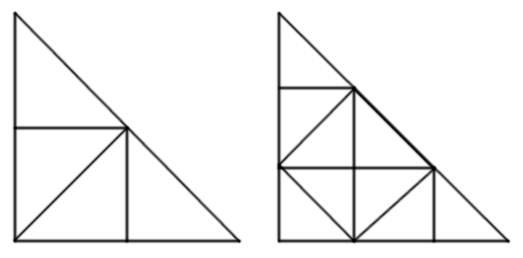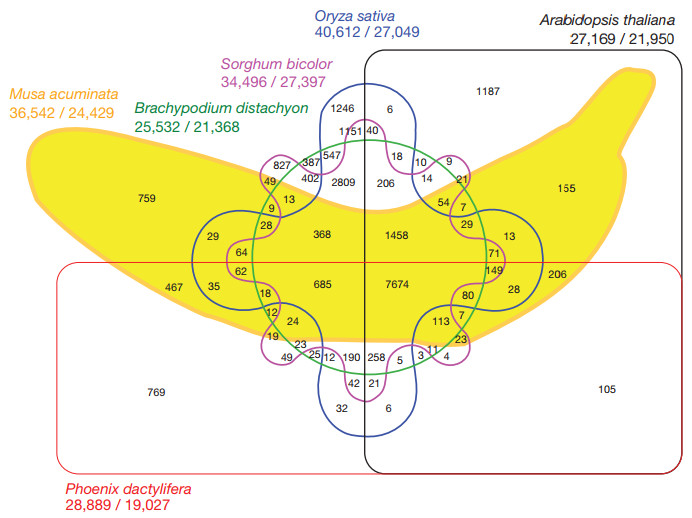An unpaired word has a prefix or suffix that suggests that an antonym exists when in fact it doesn’t: disheveled is a word, but sheveled isn’t. In many cases the seeming antonym is a real word that’s fallen out of popular usage: corrigible, domitable, effable, feckful, gainly, nocuous, scathed, stinting, trepid, and wieldy are words; they’re just not used as often as their opposites.
Somewhat similarly, a plurale tantum is a noun that appears only its plural form: We speak of scissors and trousers, but not normally of “a scissor” or “a trouser.” A singulare tantum is a noun that’s used only in the singular, such as information, dust, or wealth.
(See “A Very Descript Man.”) (Thanks, Matt.)


